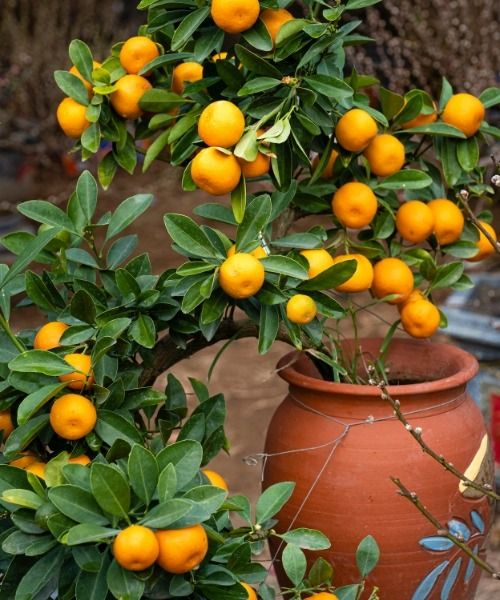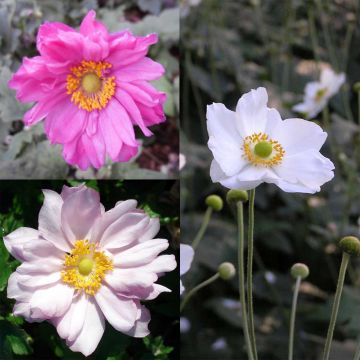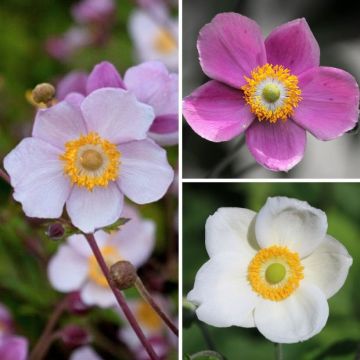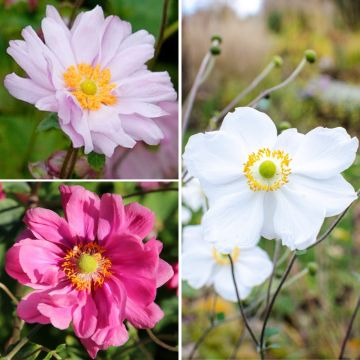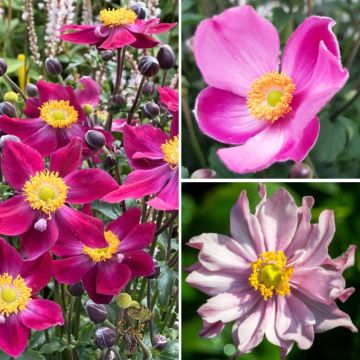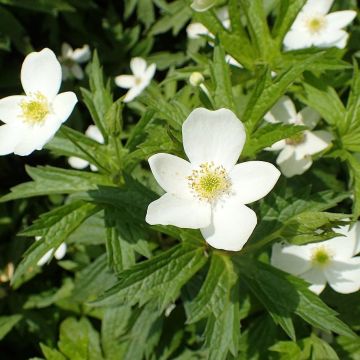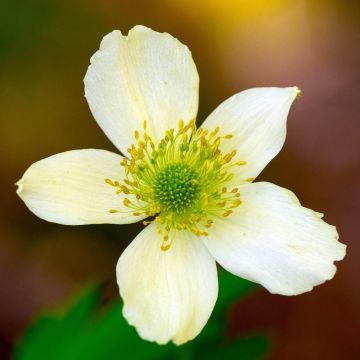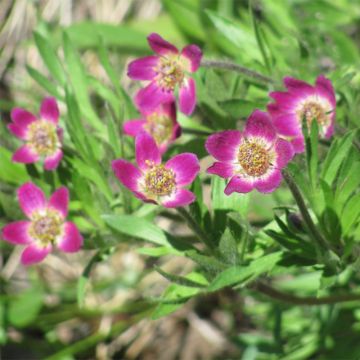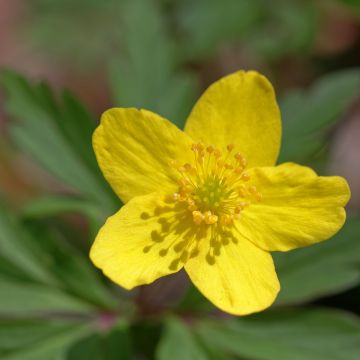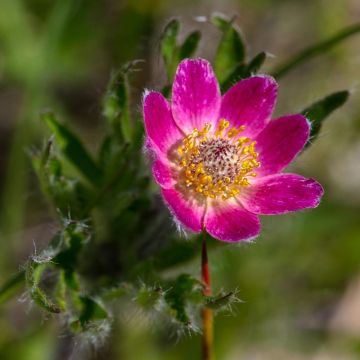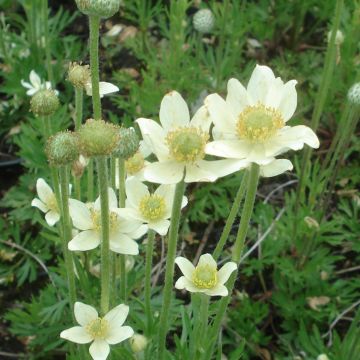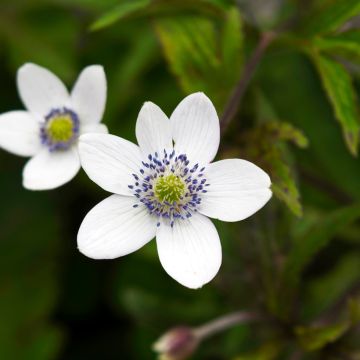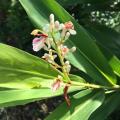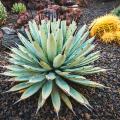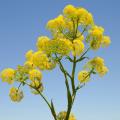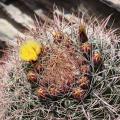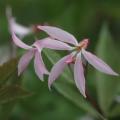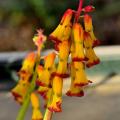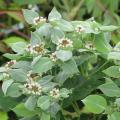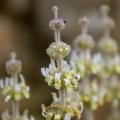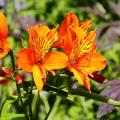Anemone
Would this plant suit my garden? Set up your Plantfit profile →
Available in 0 sizes
Available in 0 sizes
Available in 0 sizes
Available in 0 sizes
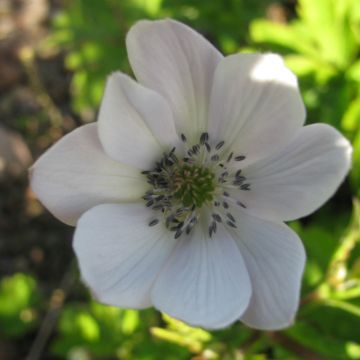
Available in 3 sizes
Available in 1 sizes
Available in 1 sizes
Available in 2 sizes
Available in 2 sizes
Available in 1 sizes
Available in 1 sizes
Available in 1 sizes
The Anemone is a pretty perennial flower from the family of Ranunculaceae native to the Northern Hemisphere, mainly temperate Asia. The Anemone coronaria, the essential Florist's Anemone which comes in many varieties, is perhaps the best-known of this genus, which includes more than 100 species. Like the Japanese Anemone or the Wood Anemone, anemones are often plants of the undergrowth. They all develop a palmate basal rosette of foliage and bear star-shaped or cup-shaped flowers with at least five petals in various colours.
The genus Anemone is often divided into two major categories: fibrous-rooted anemones such as Anemone hupenhensis (Japanese anemone), which bloom in autumn (who doesn't know the famous 'September Charm'?), and tuberous and rhizomatous anemones such as Anemone blanda, which predominantly flower in spring. Most undergrowth anemones are hardy and appreciate cool, humus-rich soils and dappled sunlight. Tuberous anemones, on the other hand, are a bit more sensitive to cold. They prefer full sun and soils that remain dry during their dormancy period, which often corresponds to summer.
There are anemones for every situation: depending on the species, they bring life to shaded garden areas, add a touch of colour to sunny spring borders, or decorate the rockery from the first beautiful days. They also thrive in pots on the terrace or balcony.
Haven't found what you were looking for?

































